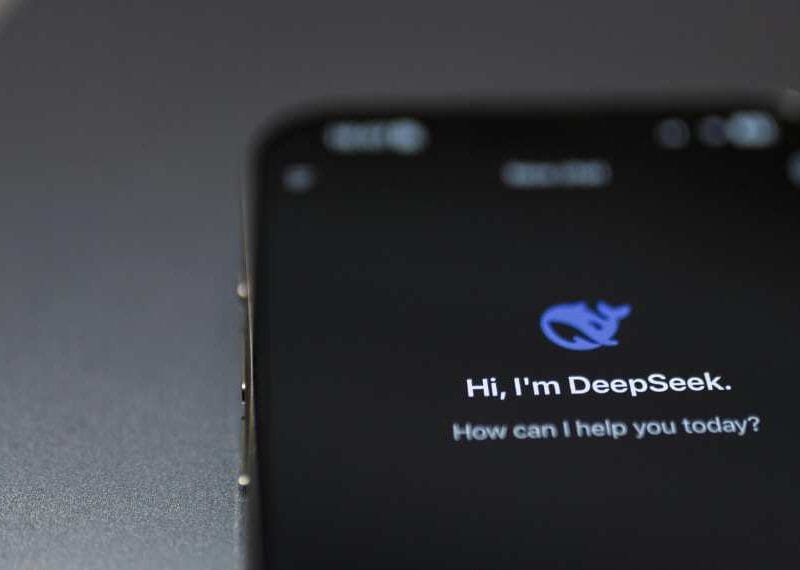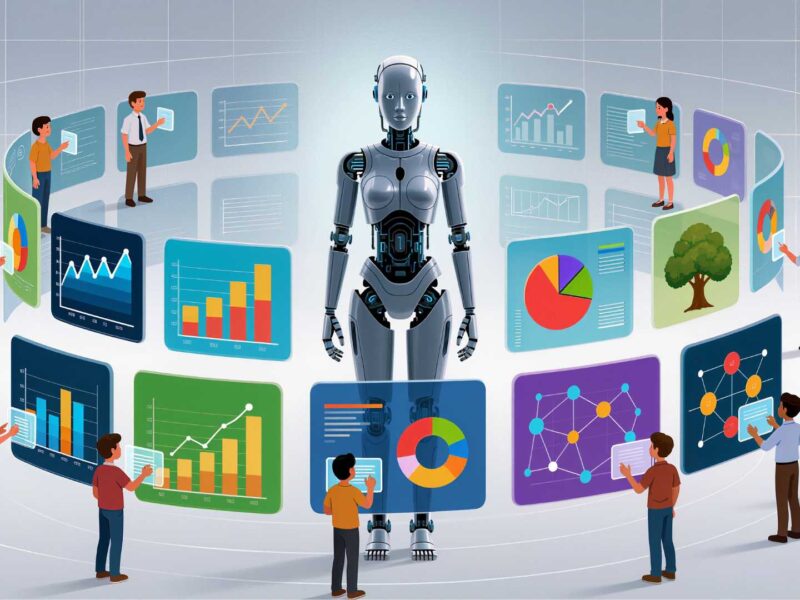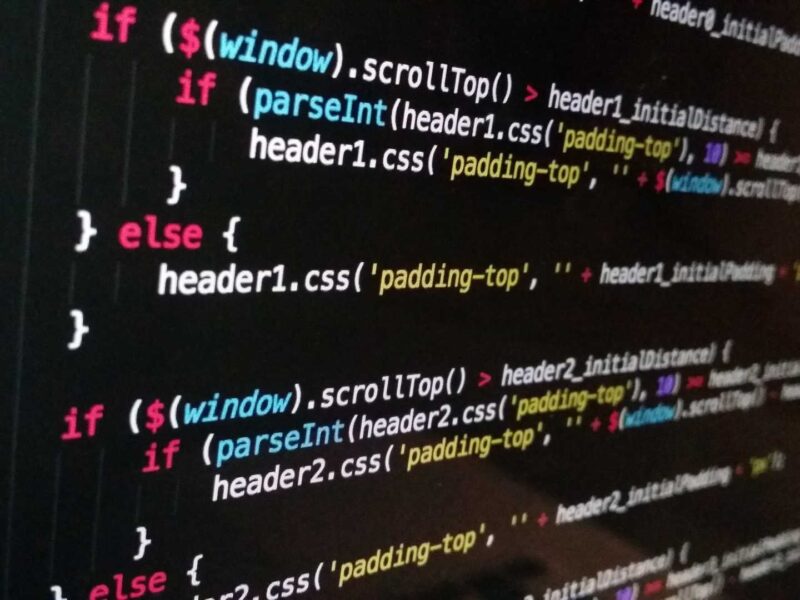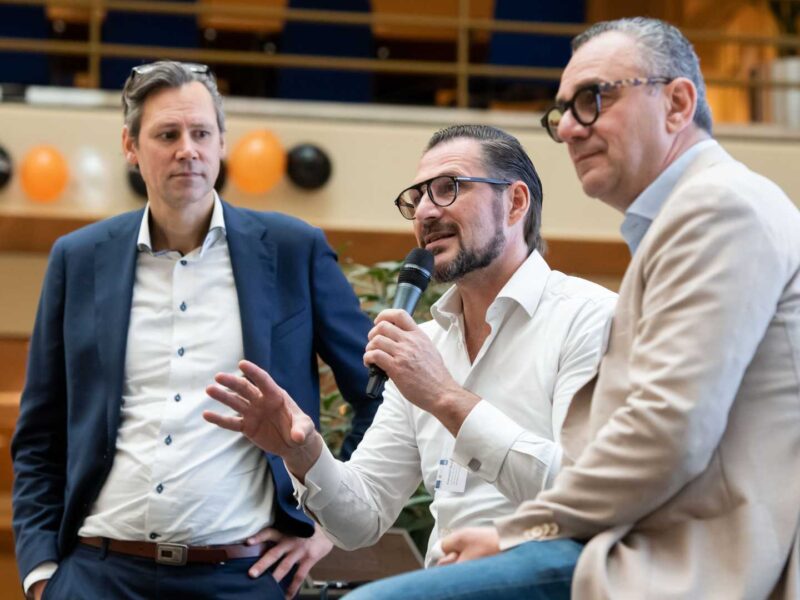Innovate for Earth: Tech Experts Share Sustainability Stories That Inspire
Tech innovations are increasingly centering on sustainability, turning environmental goals into business opportunities.
This Techronicler article compiles stories from business leaders, thought leaders, and tech professionals on recent tech pursuits of sustainability that captured their attention.
From AI-powered party planners reducing plastic waste to solid-state batteries cutting EV charging times by 90%, these examples blend ingenuity with impact.
Experts highlight how innovations like drone mapping for precision forestry or battery recycling for e-bikes address real-world challenges, slashing emissions and costs while boosting efficiency.
Amid 2025’s climate urgency, these stories matter: they demonstrate tech’s power to scale green solutions, making sustainability profitable and accessible, redefining industries from energy to events.
Read on!
Data Centers Recycle Wasted Heat Energy
reshaping the data center heating world. Currently, all energy generated in a data center is effectively lost.
As data centers continue to proliferate, that is a ton of energy needlessly wasted. Novopower harnesses and recirculates that energy, is proven to save energy, reduces operating costs, and minimizes greenhouse gas emissions by at least 26 kTr, all while operating at a minimum temperature of 50 degrees C. (Existing heat conversion methods start at 100 or 150 degrees C.)

Charlene Norman
Chief Empathy Officer & Truth Teller
Solar Lamps Lift Poverty, Cut Emissions
I’ve been looking at how technology can make the planet better for many years. I’m the author of four books on how business can be a force for environmental and social good—and leverage that commitment toward better profitability. I’ve got two examples for you:
– Several companies, most prominently d.light, offer portable solar LED lamps to replace kerosene (or no lamp at all). What’s really interesting about d.light is that it quite consciously uses its product not just to replace toxic and flammable kerosene—eliminating a range of problems from lethal fires to breathing difficulties from toxic fumes—but also to create a ladder out of poverty.
– Customers in Africa and Asia redirect their monthly kerosene payment to buy a lamp, so their out-of-pocket costs don’t change (until they’ve paid off the lamp). After that, they have a significant gain in net income, as well as better light to see by so they can e.g., start a cottage craft industry after a day of agricultural work.
Another interesting company in this space is Solar Foldy (still in prototype stage), which has miniaturized solar lamps down to cell phone size, opening many innovative uses.
– All the way back in 1984, energy visionary Amory Lovins (founder of the Rocky Mountain Institute, an energy conservation think tank) built an essentially net-zero 4000 square foot luxury home in the Colorado Rockies just outside Aspen. Despite an economy built on cold weather, this house has neither a furnace nor an air conditioner.
It stays warm enough in the winter to grow bananas inside. It used then-state-of-the-art passive technology in dozens of ways—not just to keep the home warm and cozy in the winter and cool and breezy in the summer, but also for lighting and many other uses.
I heard Lovins give a speech where he said the residential portion of his home (not including his home office) had a $5 monthly electric bill. Even adding a zero for inflation, that’s amazing.
Imagine if those design principles had become norms: no need for foreign oil, nuclear, coal, etc.

Shel Horowitz
Founder, Green & Profitable
AI Plans Plastic-Free Parties
For too long, convenience has come at the cost of the planet with single-use plastic party products ending up in landfill or oceans for decades. New AI tools help reduce plastic waste, and streamline decision-making towards better, sustainable choices.
Using AI intentionally and for good means anyone can now host a truly memorable event that’s as kind to the planet as it is to guests.
The three AI tools making waves are the Sustainable Party Planner, which helps users map out every detail of their event, with built-in sustainability tips and eco-alternatives at every step; Sustainable Swaps, which suggests eco-friendly alternatives to common single-use items such as tableware, decorations, and favours; and the Sustainable Party Theme Generator which generates unique, on-trend themes with sustainability baked in. Think “Eco-Glam”, “Vintage Reuse”, or “Zero-Waste Fiesta”.

Lorraine Allman
Founder, Party Without Plastic
AI Boosts Tire Recycling Efficiency
Through my work recycling millions of pounds of scrap tires at Replay Surfacing, I’ve been following a fascinating development in tire pyrolysis technology.
A company in Europe recently demonstrated AI-controlled pyrolysis systems that can extract synthetic diesel, carbon black, and steel wire from tires with 95% efficiency—up from the typical 70-80%.
What grabbed my attention was their real-time monitoring system that adjusts temperature and pressure based on tire composition analysis. In our industry, we typically handle whole tire recycling into surfacing products, but this tech could revolutionize how we process tire fragments and manufacturing waste that can’t become playground surfaces.
The business case is compelling because it turns every component of a tire into valuable products instead of just repurposing the rubber. From my manufacturing engineering background, I see this solving the economic challenge that’s kept many tire recyclers from scaling—finally making the math work on processing 100% of tire waste streams.
Landon Olson
Operator, Replay Surfacing
Vision Pro Extends VR Lifespan
Apple’s Vision Pro headset actually caught my attention for an unexpected sustainability angle that most people missed. While everyone focused on the $3,500 price tag, I noticed Apple designed the battery pack as a completely separate, replaceable unit connected by cable.
Having stress-tested dozens of VR headsets over the years, I know battery degradation is the #1 killer of these devices. Most manufacturers integrate batteries directly into the headset, meaning when your battery dies after 2-3 years, you’re essentially buying a new $500-800 device. Apple’s external battery design means you can swap out a $200 battery pack instead of trashing the entire headset.
This modular approach could revolutionize VR sustainability if other manufacturers follow suit. Meta’s Quest headsets, which I review regularly, become expensive paperweights once their internal batteries fail. The Vision Pro’s design extends device lifespan from 3 years to potentially 10+ years.
It’s brilliant because it tackles e-waste without compromising performance – the external battery actually improves weight distribution on your head during those marathon VR sessions.
Kyle McCourt
VR Technology Reviewer & Content Creator, VR Beginners Guide
Solid-State Batteries Cut EV Charge Time
We recently tracked a breakthrough where Toyota partnered with a startup developing solid-state batteries that cut EV charging time to under 10 minutes while extending range to 900+ miles. Through our platform at Entrapeer, we saw this wasn’t just another battery announcement—the technology uses ceramic electrolytes that eliminate fire risk entirely.
What caught my attention was the manufacturing angle. This startup proved they could produce these batteries using existing lithium-ion factory equipment with minimal retrofitting. That’s game-changing because it removes the biggest barrier to sustainable transport: infrastructure investment fear.
The story matters because it shows how sustainability wins when it solves business problems first, not just environmental ones. Auto manufacturers get safer, cheaper batteries while consumers get convenience that beats gas cars. From analyzing thousands of similar cases, the pattern is clear—green tech succeeds when it’s simply better tech.

Eren Hukumdar
Co-Founder & CEO, Entrapeer
AI Syncs Solar, HVAC Savings
Recently found that Washington state’s solar installations have grown 300% in the past five years, largely driven by integrated tech solutions that combine solar with smart HVAC systems.
What caught my attention was how companies like Ecotech Solar are using AI-powered energy management to optimize both solar generation and heating/cooling consumption in real-time.
At Clean Air Heating & Cooling, we’ve started partnering with these solar providers because the data shows customers can achieve 40-50% total energy savings when systems communicate with each other. Instead of your furnace running independently, it now “talks” to your solar panels to maximize free energy usage during peak generation hours.
The breakthrough isn’t just the solar panels—it’s the smart integration technology that makes your entire home energy ecosystem work together. We’re seeing customers in Whatcom County cut their utility bills by $200+ monthly just by timing their heating cycles with solar production peaks.
This matters because it proves sustainability tech works best when it’s interconnected rather than siloed. The real innovation is in the software layer that coordinates everything.

Colin Matei
Owner & President, Clean Air Heating & Cooling
Bosch Recycles E-Bike Batteries Fully
Last month I came across Bosch’s new battery recycling program for e-bike batteries, and it’s a game-changer for our industry. They’re now extracting 95% of materials from old lithium batteries to create new ones, closing the loop completely.
This hits close to home because at EveryBody eBikes, we see how sustainability concerns hold people back from switching to e-mobility. A customer recently asked me “what happens to my battery in 5 years?” – now I have a real answer that doesn’t involve landfills.
The tech story here isn’t just about recycling rates. Bosch founded that recycled lithium actually performs better in some applications than virgin materials, debunking the “recycled = inferior” myth that’s plagued the industry.
What excites me most is how this removes the last major environmental objection to e-bikes. When someone can trade their car trips for e-bike rides knowing their battery will become someone else’s battery, that’s when sustainable transport truly scales.

Andrea Herklots
Owner-Operator, EveryBody eBikes
Drones Enable Precision Forest Preservation
As someone who runs BrushTamer, a land clearing company in Indiana, I recently came across precision forestry tech that’s revolutionizing how we approach sustainable land management. Companies are now using AI-powered drones and LiDAR to map forest health and identify exactly which trees to remove versus preserve.
What caught my attention is how this mirrors what we do manually with our forestry mulching approach. Instead of clear-cutting everything, we selectively remove vegetation while leaving beneficial trees and minimizing soil disturbance. The tech story that impressed me was about a California company using satellite imagery combined with ground sensors to reduce unnecessary tree removal by 40% while maintaining fire safety objectives.
This matters because traditional land clearing often destroys more than necessary. When I founded BrushTamer in 2021, we built our reputation on environmentally responsible clearing that improves rather than harms ecosystems. Seeing technology scale this approach means more land managers can balance development needs with ecological preservation.
The real insight here is that sustainability isn’t about doing less—it’s about being precisely selective with more data.

Leon Miller
Founder, BrushTamer
On behalf of the Techronicler community of readers, we thank these leaders and experts for taking the time to share valuable insights that stem from years of experience and in-depth expertise in their respective niches.
If you wish to showcase your experience and expertise, participate in industry-leading discussions, and add visibility and impact to your personal brand and business, get in touch with the Techronicler team to feature in our fast-growing publication.











